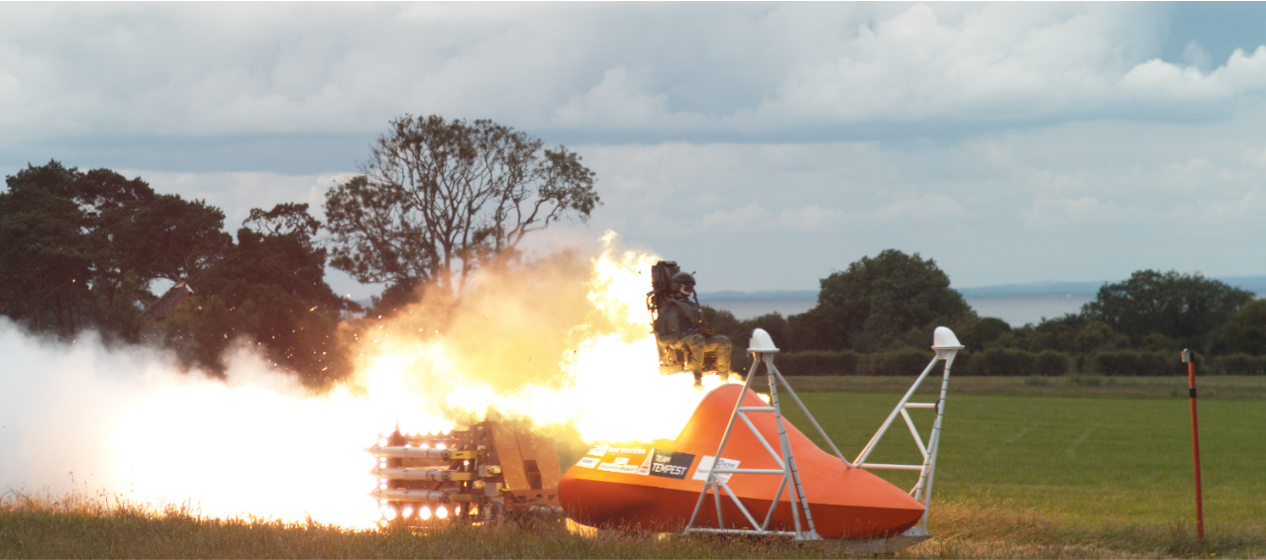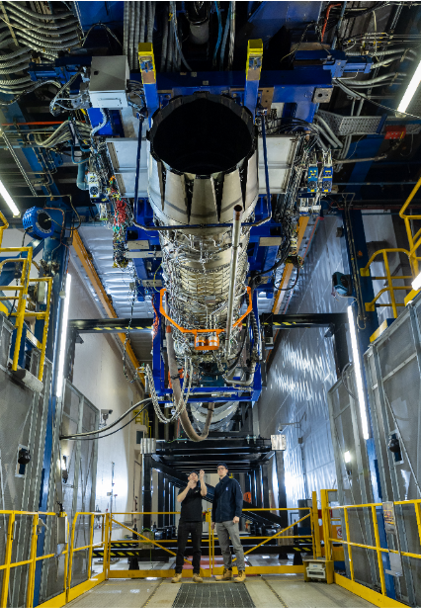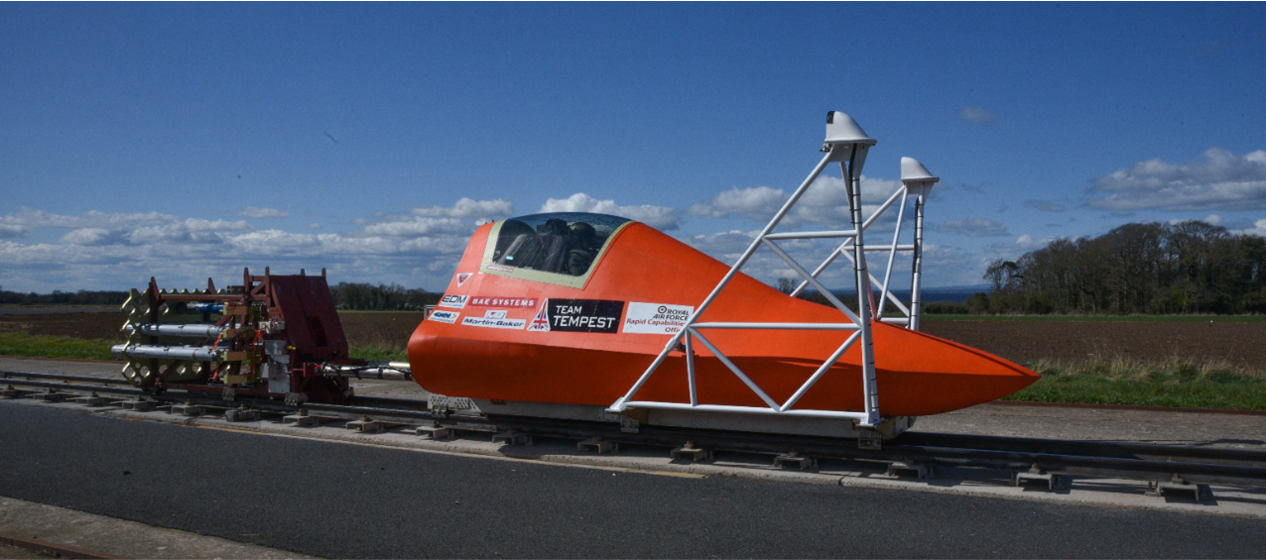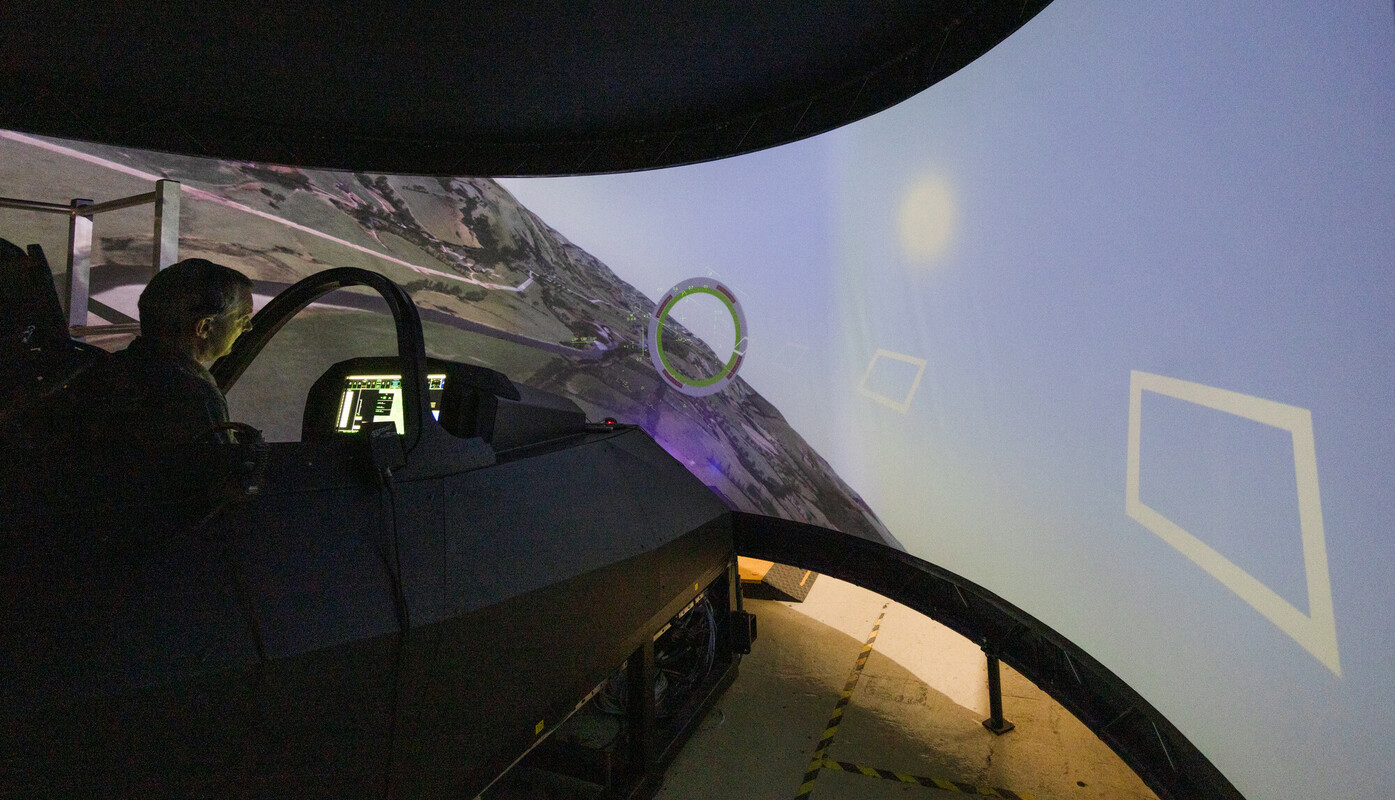Engineers from the UK’s leading combat air industry partners have lifted the curtain on the work taking place to deliver the UK’s first flying combat air demonstrator in a generation.

Experts from BAE Systems, Rolls-Royce, Leonardo UK, MBDA, the Ministry of Defence, and the RAF’s Rapid Capabilities Office are collaborating to develop the technologies needed to deliver the UK’s next generation supersonic stealth combat aircraft, Tempest.

The Flying Technology Demonstrator, first announced by the UK Government in July 2022, is set to fly within the next four years and is being designed using a range of innovative digital techniques and transformative processes.

At a brand new facility at BAE Systems in Warton, test pilots have already conducted more than 100 flights of the Flying Technology Demonstrator in a bespoke virtual simulator. Engineers have also been testing and proving the integration technologies underpinning a stealthy engine installation for a future jet, together with a crew escape system to keep pilots of the future safe.

The suite of novel technologies being developed will demonstrate and test key elements of the next generation combat air design, skills, tools, processes and techniques needed to develop Tempest, the aircraft that will be delivered through the Global Combat Air Programme, with UK, Italy and Japan.
“The Flying Demonstrator programme is a remarkable effort to design and build a supersonic stealth jet that will prove integration and develop our national skills, while providing data and learning in support of Tempest entering service by 2035. Tempest is no longer just an idea or concept on a computer; our industry partners have made real, tangible progress and are bringing the programme to life through innovative projects, such as the flying demonstrator.”
Richard Berthon
Director Future Combat Air for the MOD
"It is now 40 years since our people led the demonstrator aircraft programme which gave birth to Typhoon, and the work we are doing today is a once-in-a-generation opportunity to write the next chapter in aviation history. Right across the Tempest programme, we’re using digital techniques, and innovative design and engineering methods, to ensure we can deliver Tempest in service by 2035.”
Neil Strang
Tempest Programme Director, BAE Systems
The companies involved revealed three areas of this pioneering demonstrator programme that will support the design and development of Tempest:
Simulated flight trials
The aircraft's simulator testing is being led by BAE Systems supported by the Royal Air Force's Rapid Capabilities Office (RCO) and t41 Test and Evaluation Squadron. Pilots have already virtually flown over a hundred flights of the demonstrator aircraft in a new simulator, providing crucial evidence to support flight trials.
In a first for military aircraft design, BAE Systems’ engineers have used auto coding to compile safety-critical systems software in a matter of days rather than weeks. Such techniques enable the rapid assessment of the flight control systems during more complex flight manoeuvres, with the simulator capturing crucial data about how the jet will handle and perform years before its first flight.
Aerodynamic engine testing
Harnessing new advanced manufacturing processes, BAE Systems has produced an engine duct which is uniquely shaped to slow the air from supersonic to sub-sonic speeds at the engine face. The intake has less moving parts than a traditional fighter jet design, enhancing the aircraft's stealthy design.
The test was instrumented and tested by Rolls-Royce at their site in Filton, Bristol in the same facility where the Concorde Olympus engine was tested in the 1960s.
Fast jet crew ejection
A sled containing the ejection seat which will go into the demonstrator aircraft has been tested at Martin Baker's specialist test facility at speeds of over 500mph (450 knots).
Alongside Martin Baker and BAE Systems, the team behind the crew escape system includes experts from GKN (canopy design), Hamble Aerospace (detonator cords), and rig manufacturers EDM Ltd, as well as specialists from the Royal Air Force's Rapid Capabilities Office (RCO) and scientists from the Ministry of Defence.




